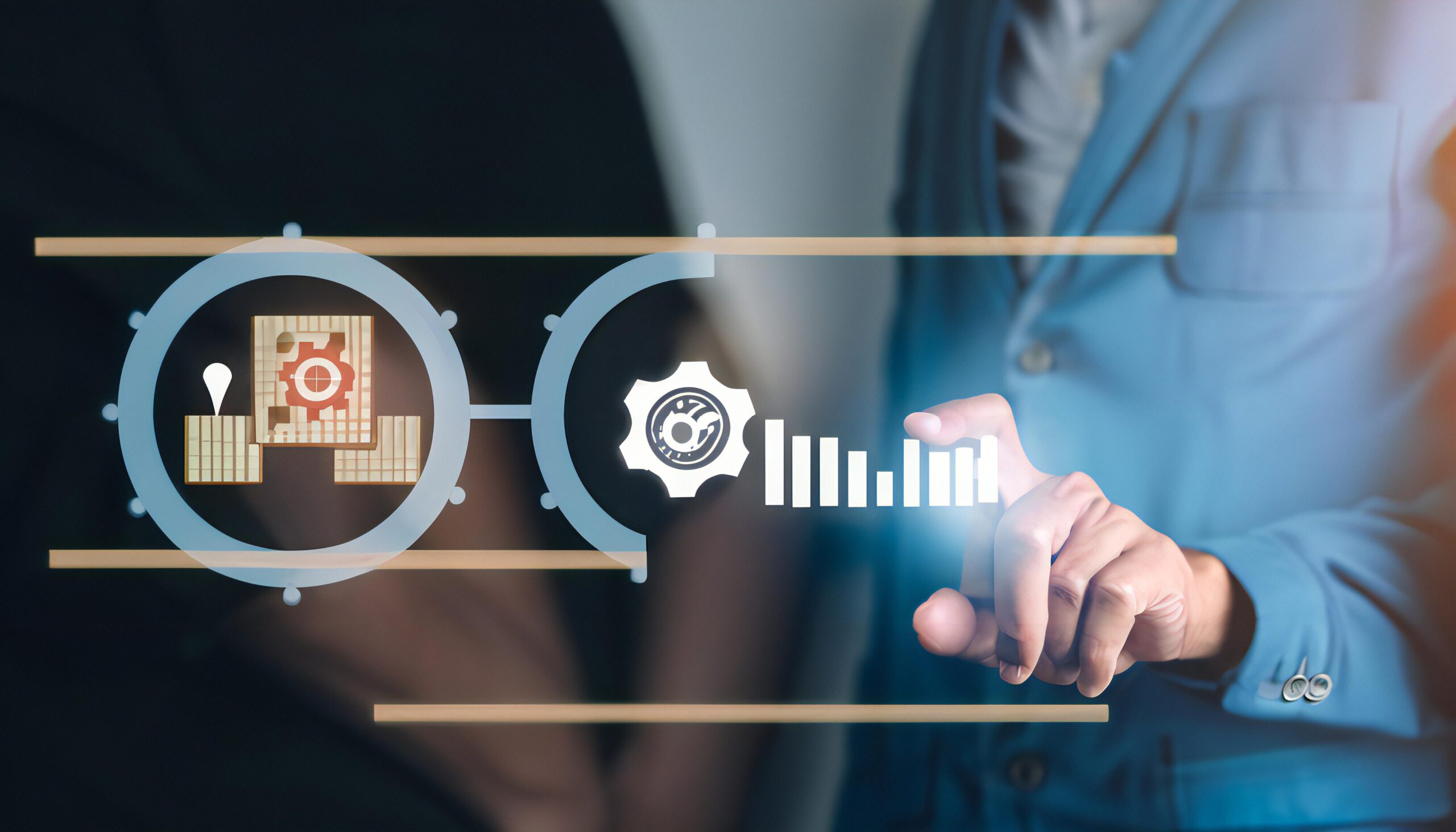Assume that there comes a time when entire cities descend into darkness as a result of interrupted communication networks triggered by the power grid abruptly going offline and all essential facilities such as hospitals and emergency response are incapacitated. This might be a circumstantial outcome of a successful cyberattack on the entire vital infrastructure.
However, the World Economic Forum Global Risk Report 2023 has highlighted the relevance of effective mitigation methodologies, citing cyberattacks as one of the top five worldwide dangers.
The protection of organizations responsible for essential infrastructure such as energy, healthcare, water transportation, and others has always been challenged by growing cyber threats. There is no way to rely entirely on reactive security measures, such as patching vulnerabilities, which leaves them open to the next attack after exploitation.
Inspirit Vision’s Governance, Risk, and Compliance Services come into play in this situation. Inspirit Vision recommends a holistic strategy to GRC that includes identifying vulnerabilities, strengthening defenses, and developing resilience before cyberattacks occur. This assists organizations in transitioning from reactive to proactive attitudes, assuring danger anticipation and mitigation, and decreasing possible harm.
In this article, where we talk about the relevance of GRC, here are the issues you should focus on if you are also into B2B infrastructures:
- Three Pillars of a Future Proof GRC Strategy
- Why Inspirit Vision is Your Trusted Partner for a Future-Proof GRC Strategy?
Let us now understand the three pillars of Future Proof GRC strategy ensuring a strong foundation.
The Three Pillars of a Future-Proof GRC Strategy:
A. Proactive Risk Identification:
Future-proof GRC strategies start with proactive risk identification which involves systematic identification and analysis of potential threats and vulnerabilities even before the exploitation happens from the attacker’s side.
The process typically involves:
● Security Vulnerability Analysis: This process identifies gaps in systems, networks, and applications that could be exploited by attackers to obtain access. Weak access controls, misconfigurations, and outdated software are all potential vulnerabilities.
● Evaluation of Risk: This step is ideally concerned with determining the likelihood and potential effect of identified threats and vulnerabilities. This helps organizations prioritize resources and focus on mitigating the most essential risks first.
Once the risks have been identified at all levels, we will proceed to enhance defenses while assuring layered security.
B. Strengthening Defenses & Layered Security:
After identifying vulnerabilities, the next critical step is to deploy effective security measures to bolster defenses. A layered security method is used to establish a comprehensive shield against cyberattacks by combining multiple controls. Key methods include the following:
● Implementing Access Controls: Only authorized personnel should have access to important systems and data, which should be protected with strong authentication. A well-defined Identity and Access Management program is the key to address any insider threats.
● Regular Security Awareness Training: Educating personnel about cyber hazards and best practices for protecting themselves and the organization’s data.
Technology plays a critical role in strengthening security through tools that scan for vulnerabilities, detect intrusions, and automate security incidents, Event management (SIEM) and Identity & Access Management (IDAM).
C. Building Resilience & Minimizing Impact:
Building resilience is critical for minimizing downtime, financial losses, and reputational harm, as cyber assaults can occur even with the greatest preventive measures in place. The process includes:
● Business Continuity Plans (BCPs) : These are created to outline specific methods for restoring vital operations and services following an interruption. BCPs should include data backups, disaster recovery methods, and communication plans.
● Develop Incident Response (IR) Plans: This involves developing a strategy for identifying, containing, and mitigating cyberattacks, which involves a trained team, implementing proactive monitoring, defined roles and duties, and established communication channels.
IR plans must be tested and practiced to provide a smooth and effective response during Testing and implementing these strategies on a regular basis allows a coordinated and efficient reaction, reducing the impact of an attack on your operations and brand. According to an IBM Security analysis from 2021, organizations with a properly tested IR plan had a 66% lower average total cost of a data breach compared to those without a relevant IR plan.
Why Inspirit Vision is Your Trusted Partner for a Future-Proof GRC Strategy?
At Inspirit Vision, we are completely aware about the importance of a robust GRC strategy that safeguards critical infrastructures. And that is why We offer comprehensive GRC solutions tailored to address your specific needs and vulnerabilities.
Inspirit Vision’s Unique Value Proposition:
● GRC Programmes : We collaborate closely with you to understand your particular difficulties and create a tailored GRC programme that successfully addresses your vulnerabilities and compliance requirements. We aren’t believers of an approach that is generic.
● Comprehensive Services: We provide a wide range of services to support every part of your GRC journey, including:
1. Identity and Access Management Implementation
2. Risk Assessments
3. Vulnerability scanning and patching
4. Provide security awareness training
5. Plan for Business Continuity
6. Incident Response Planning
The Final Verdict :
We are extremely sure that Investing in a robust GRC strategy is no longer optional; it’s a critical step towards ensuring the resilience and long-term success of your organization in the face of ever-present cyber threat and the evolving Infrastructure scenarios.
